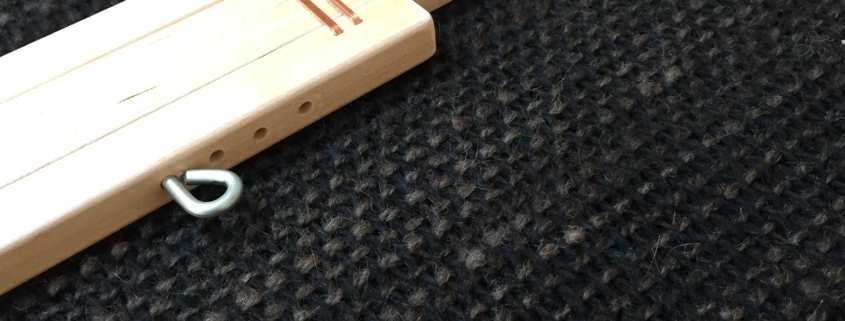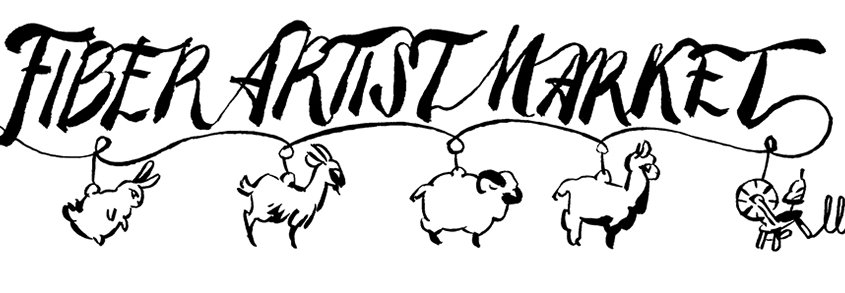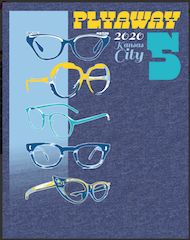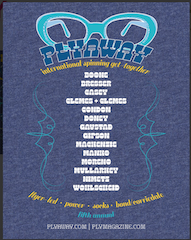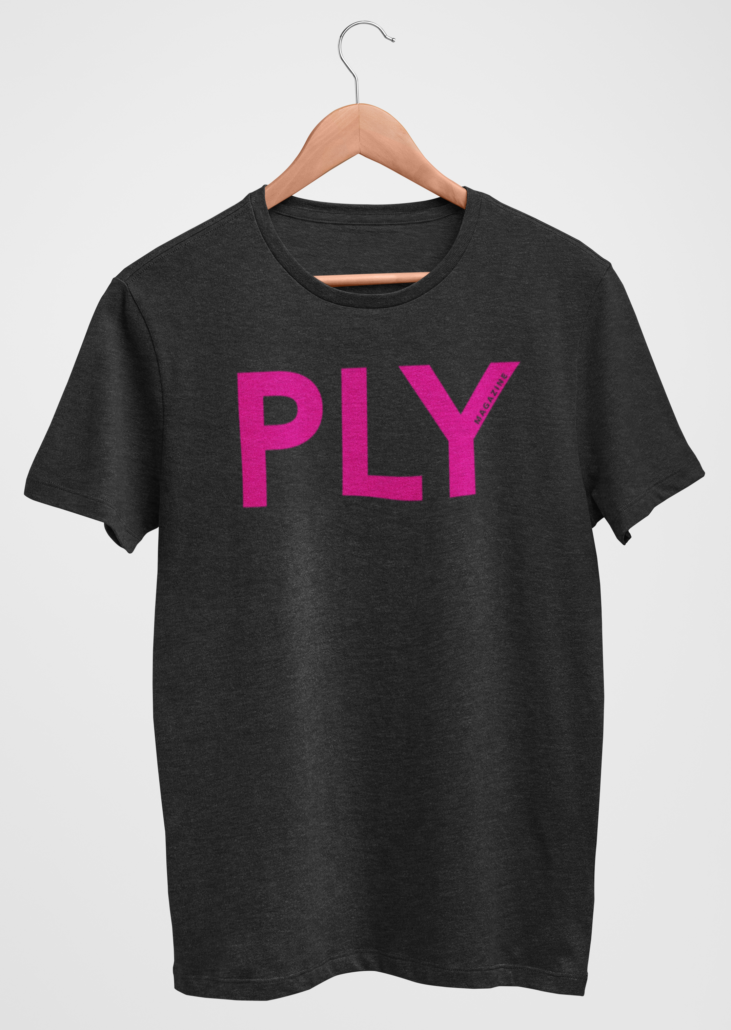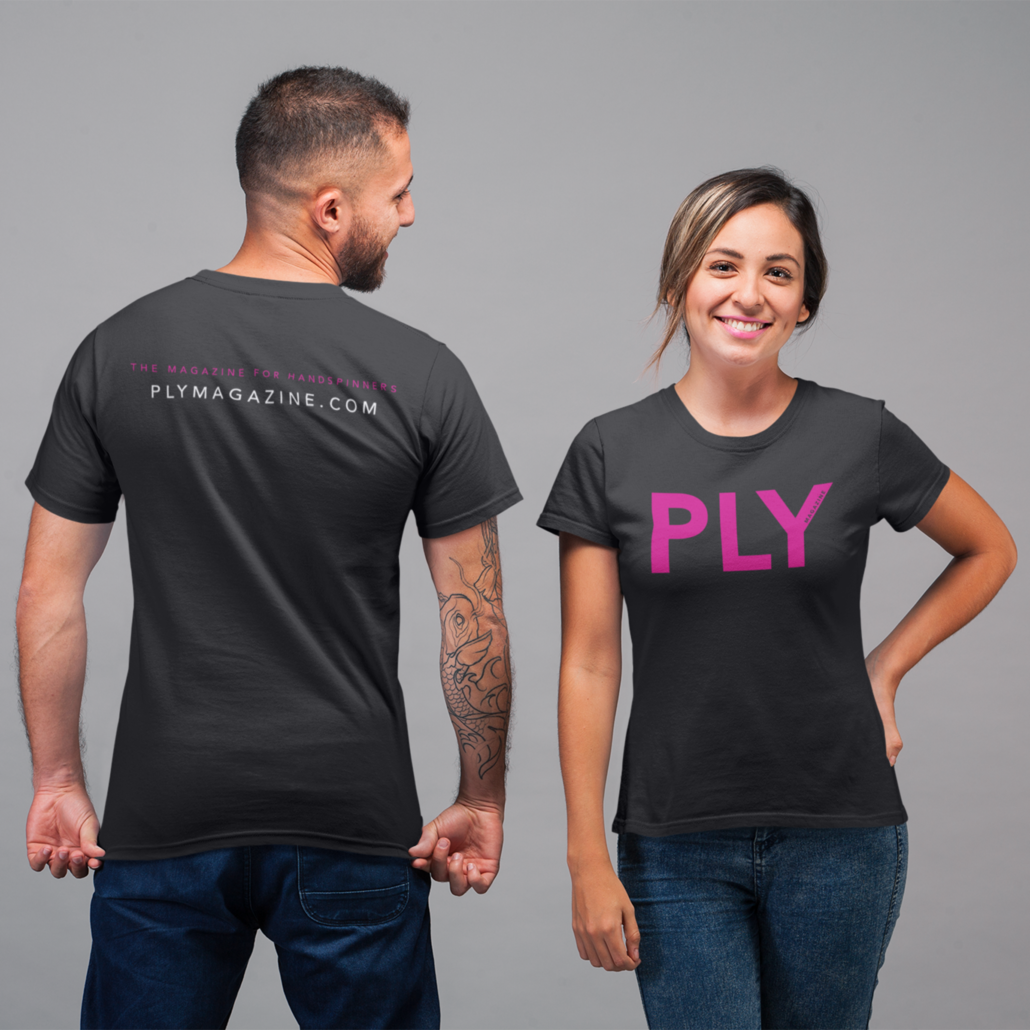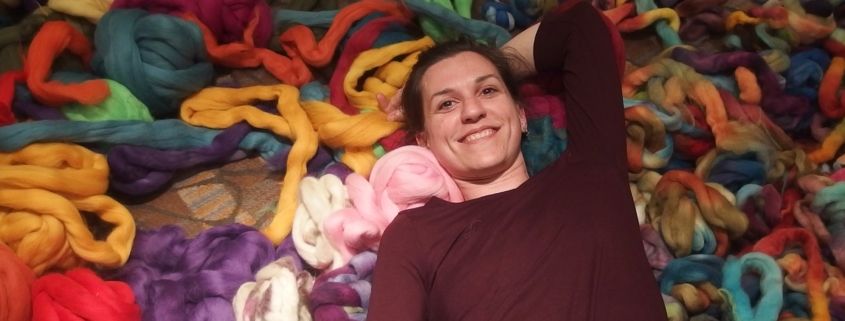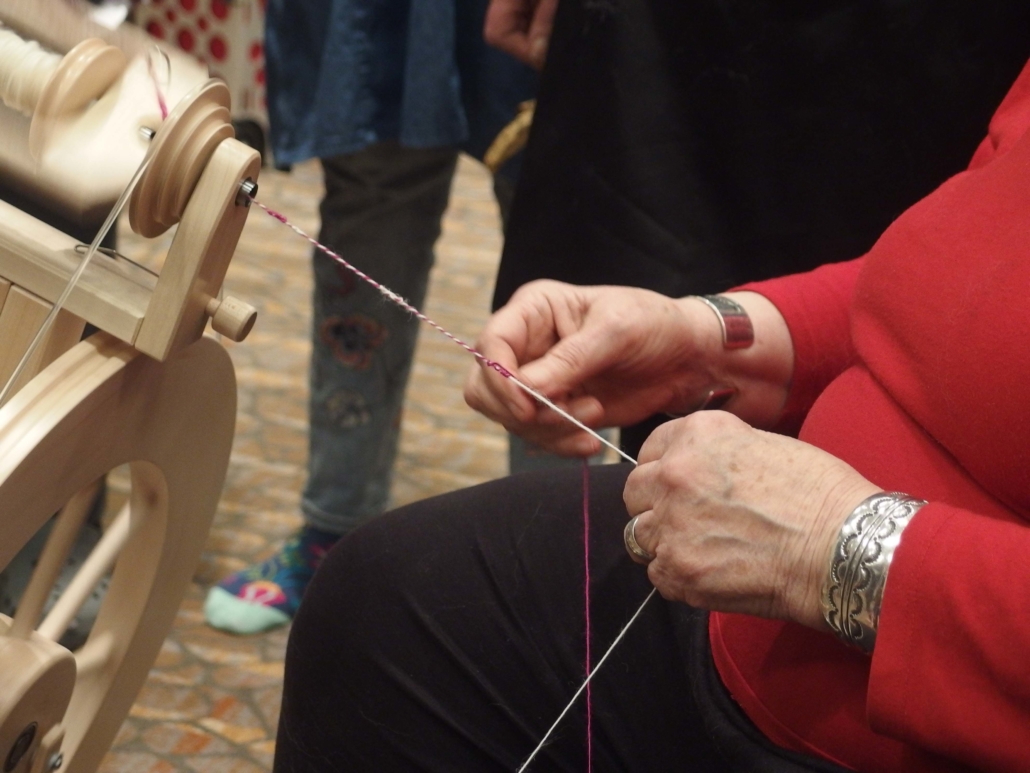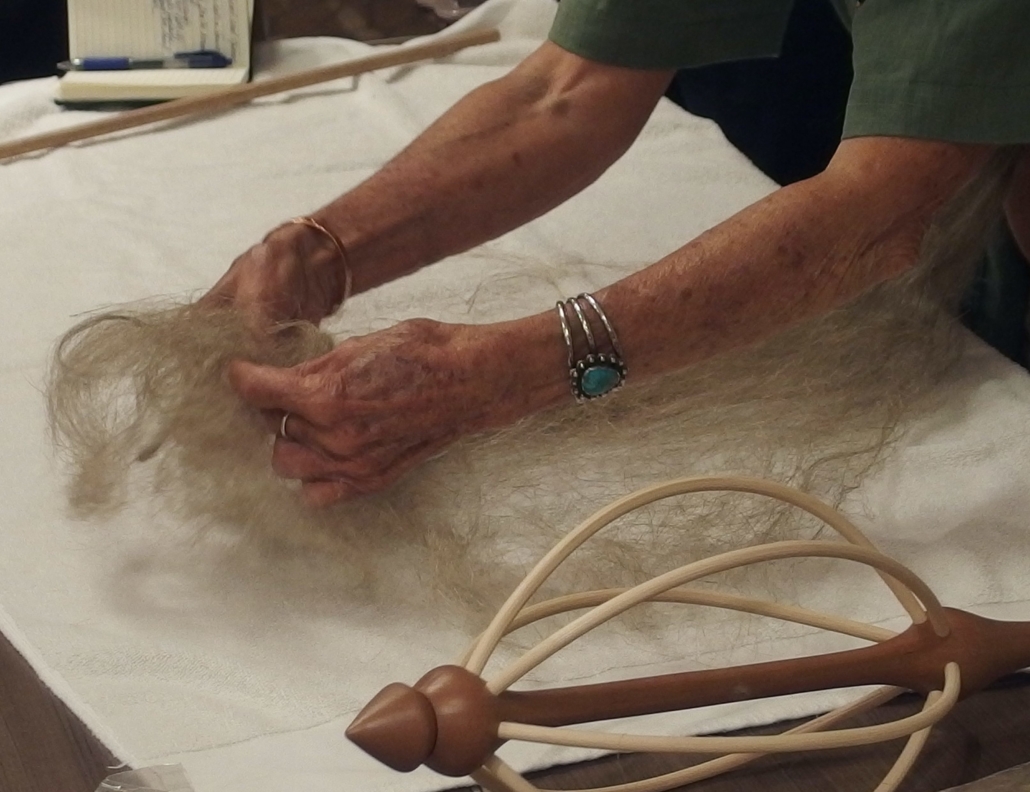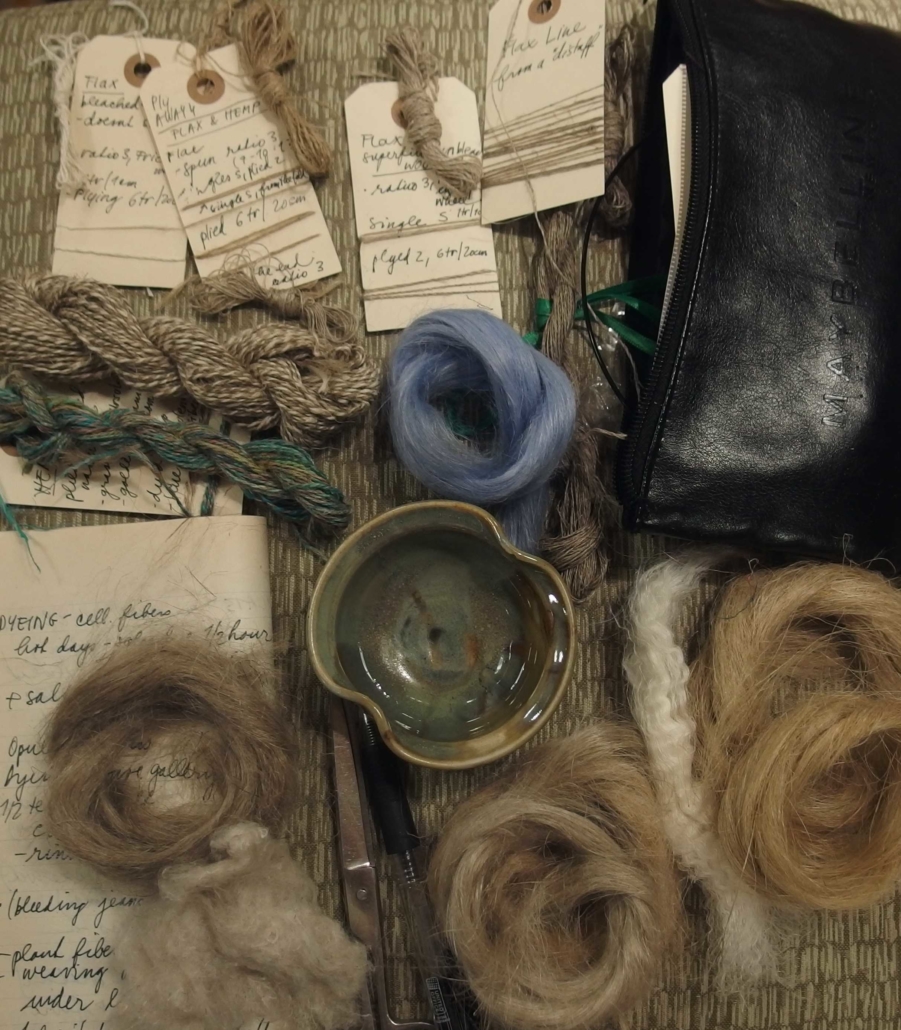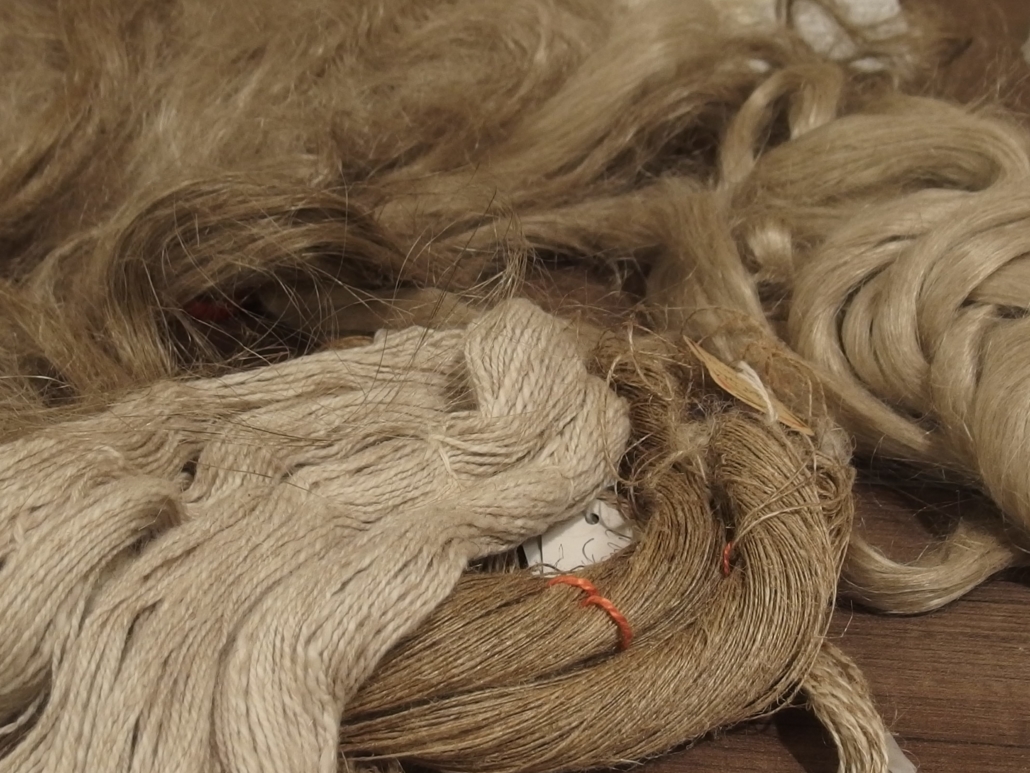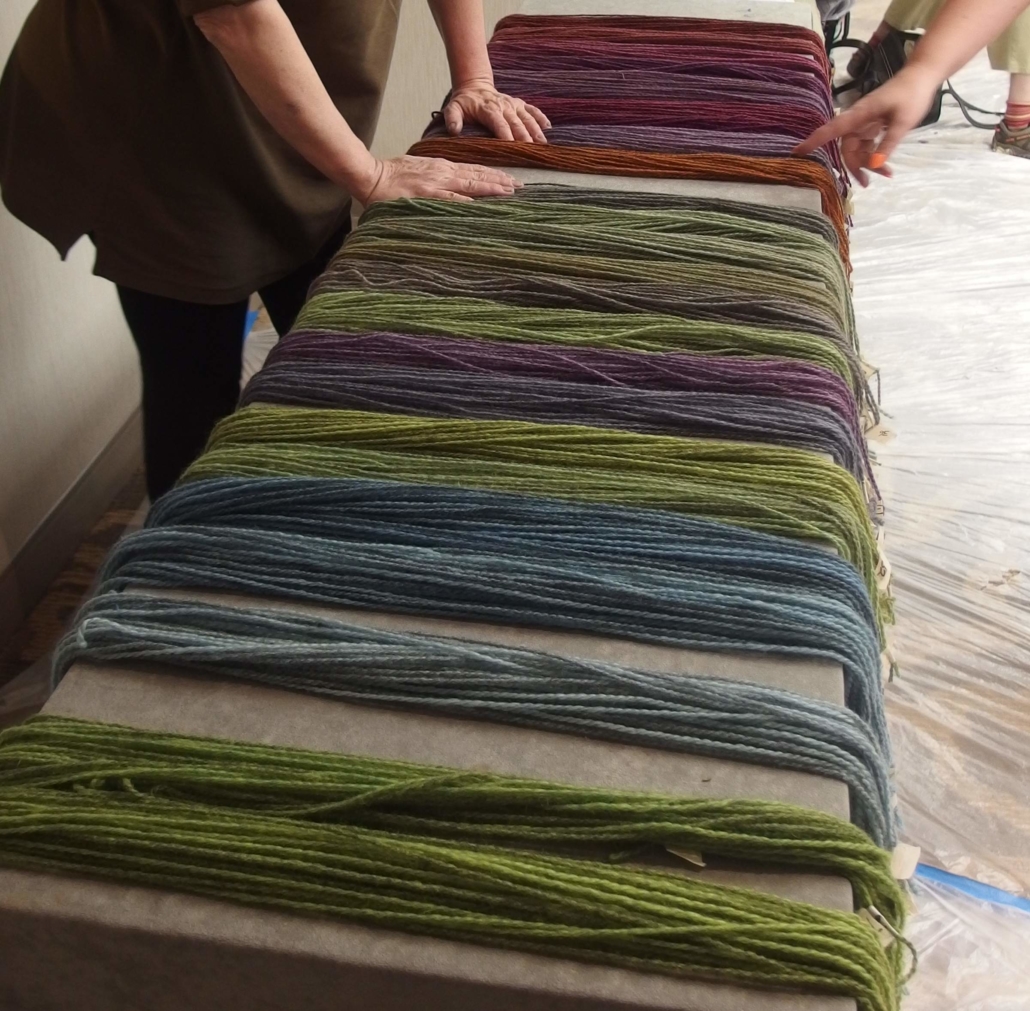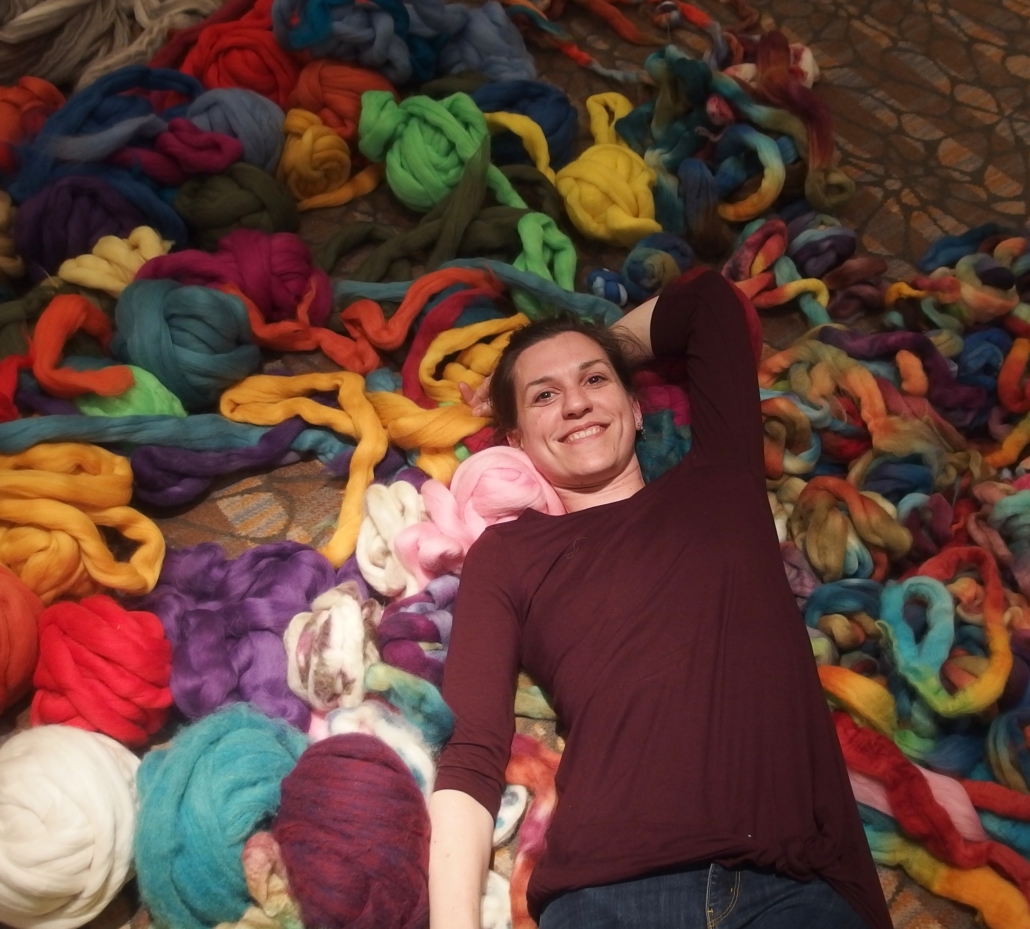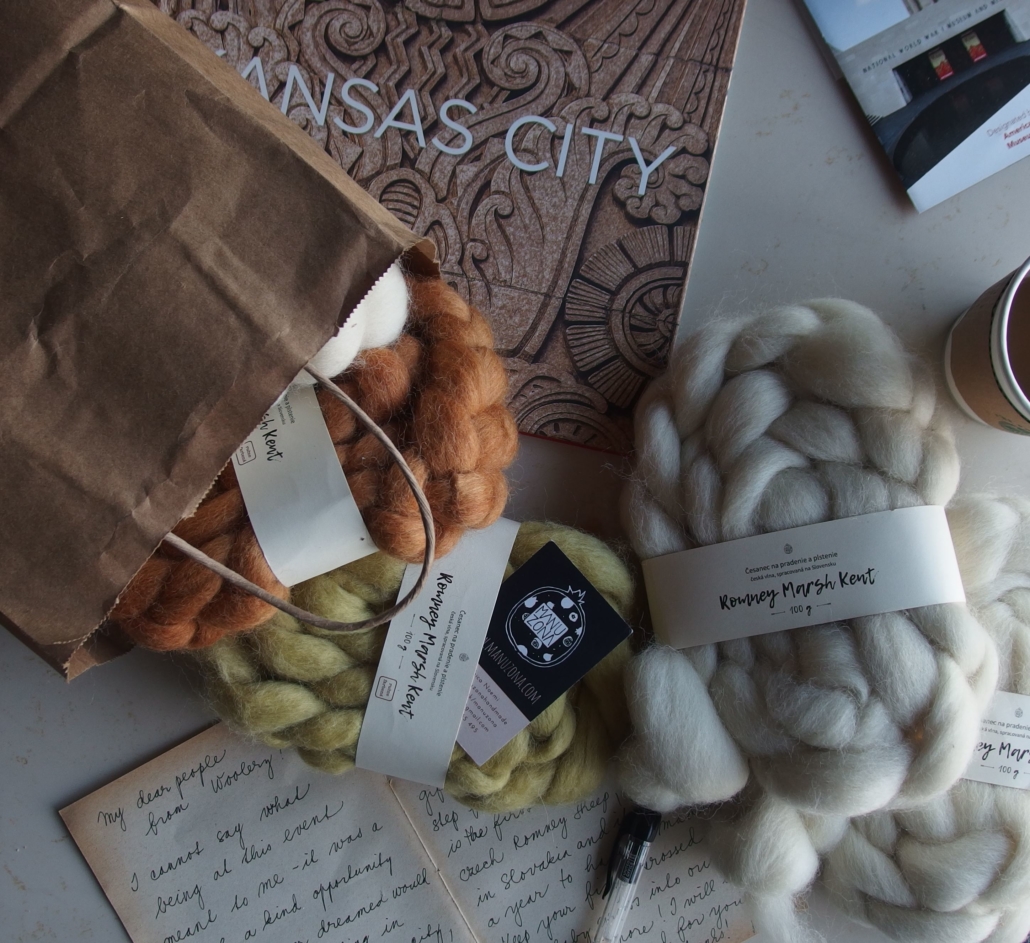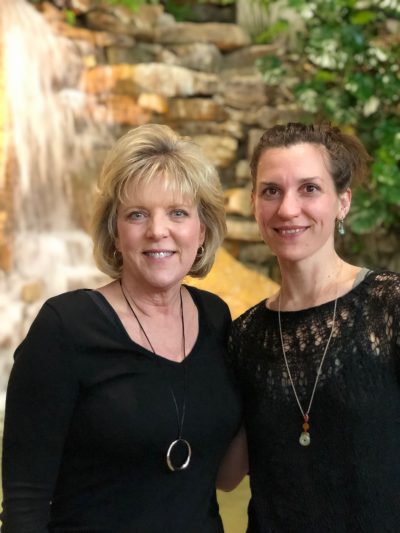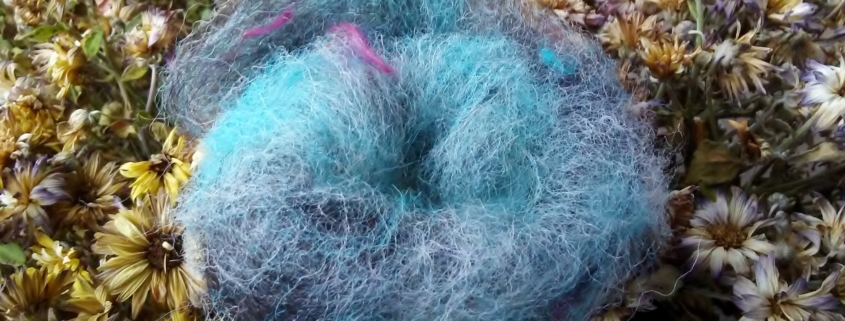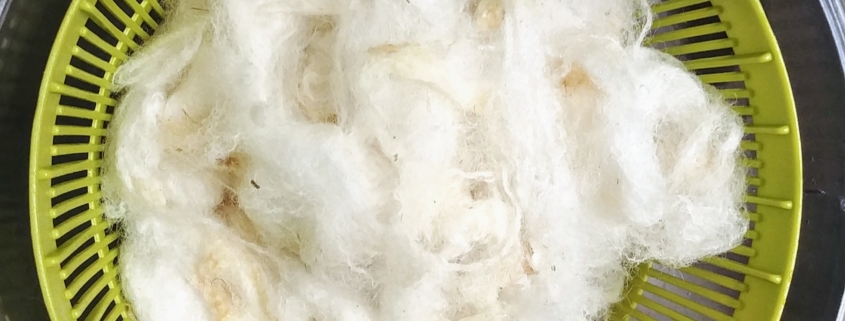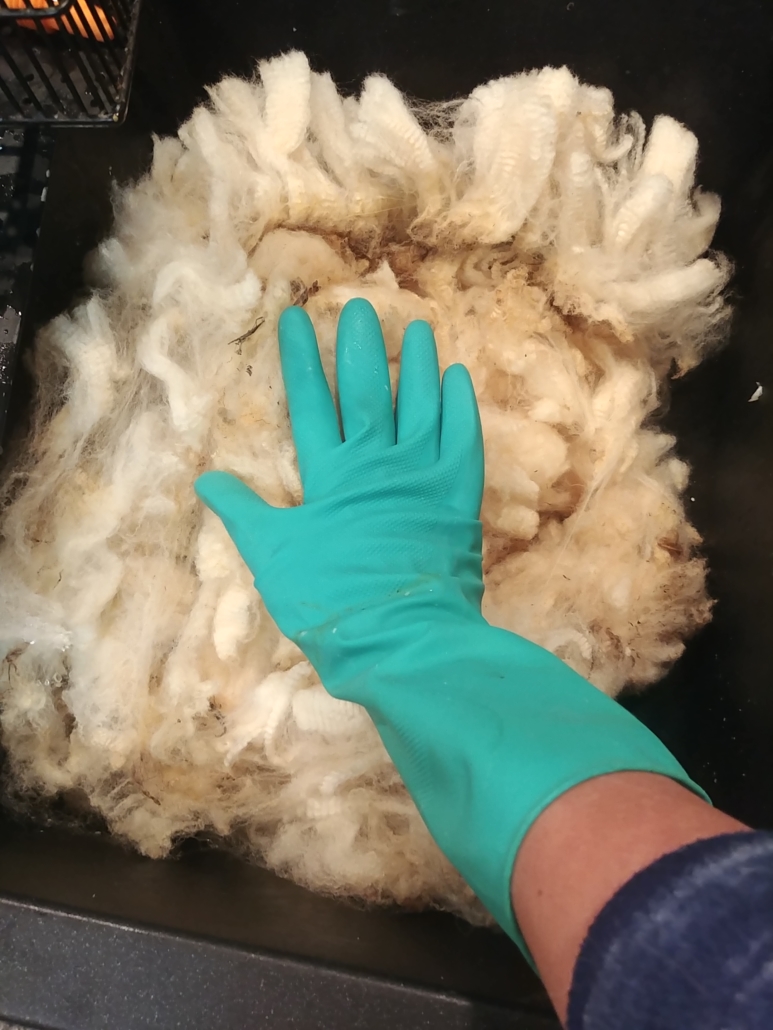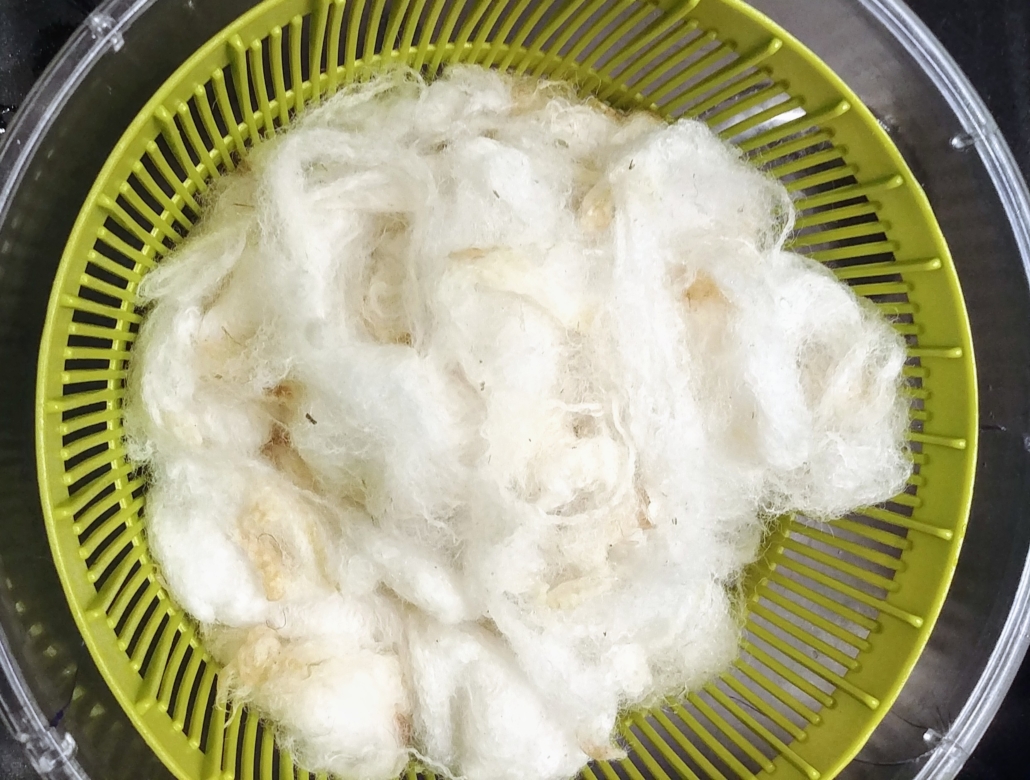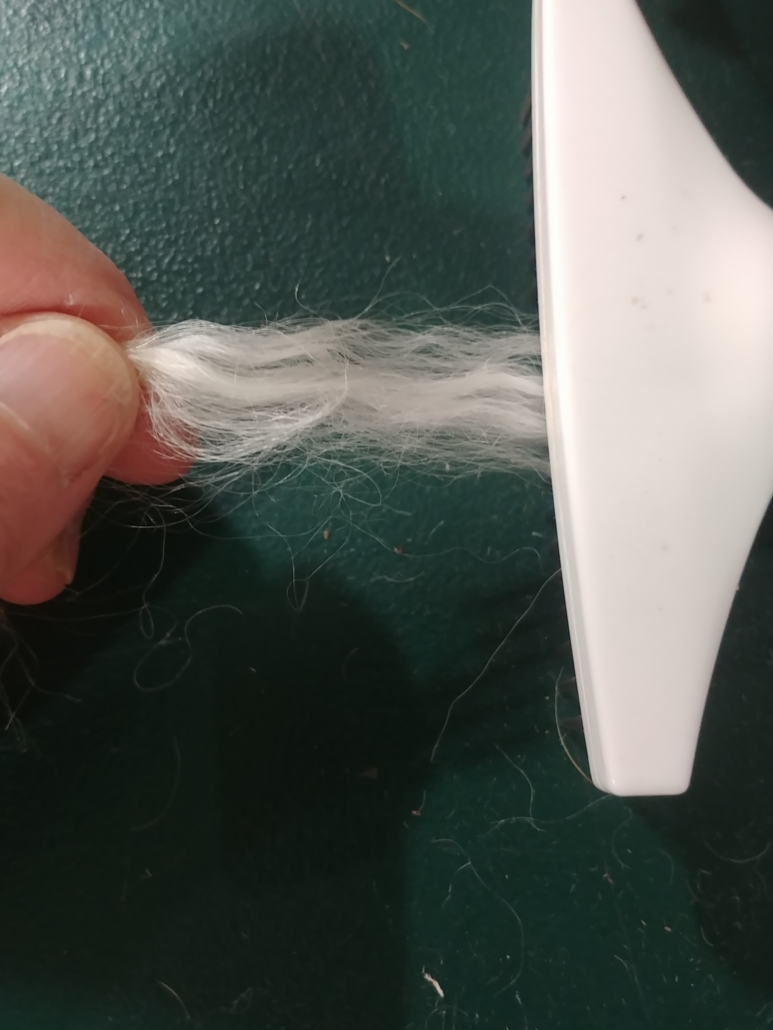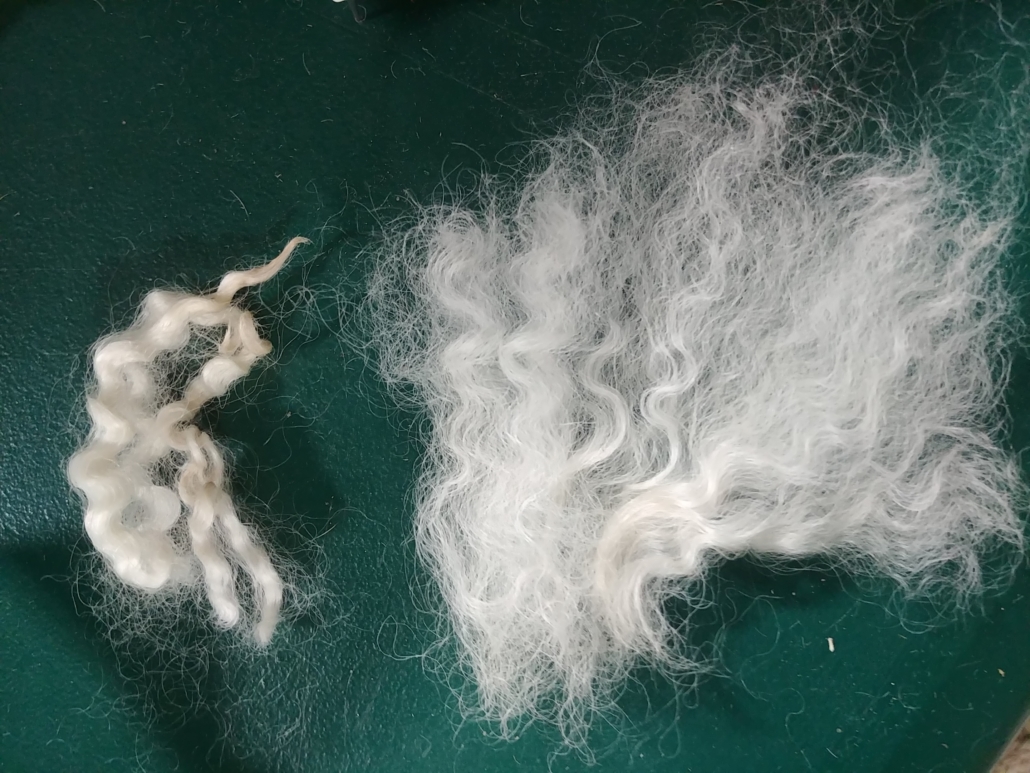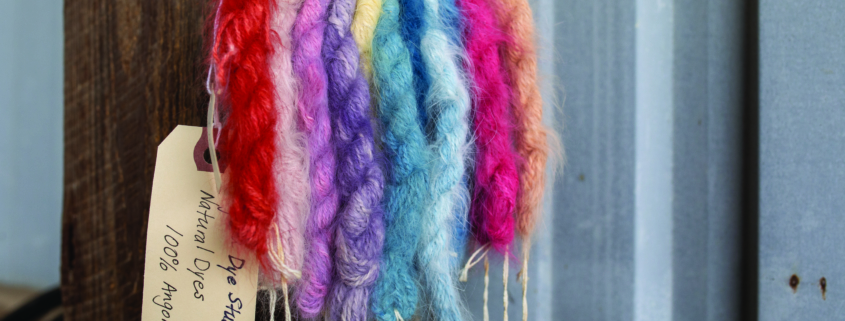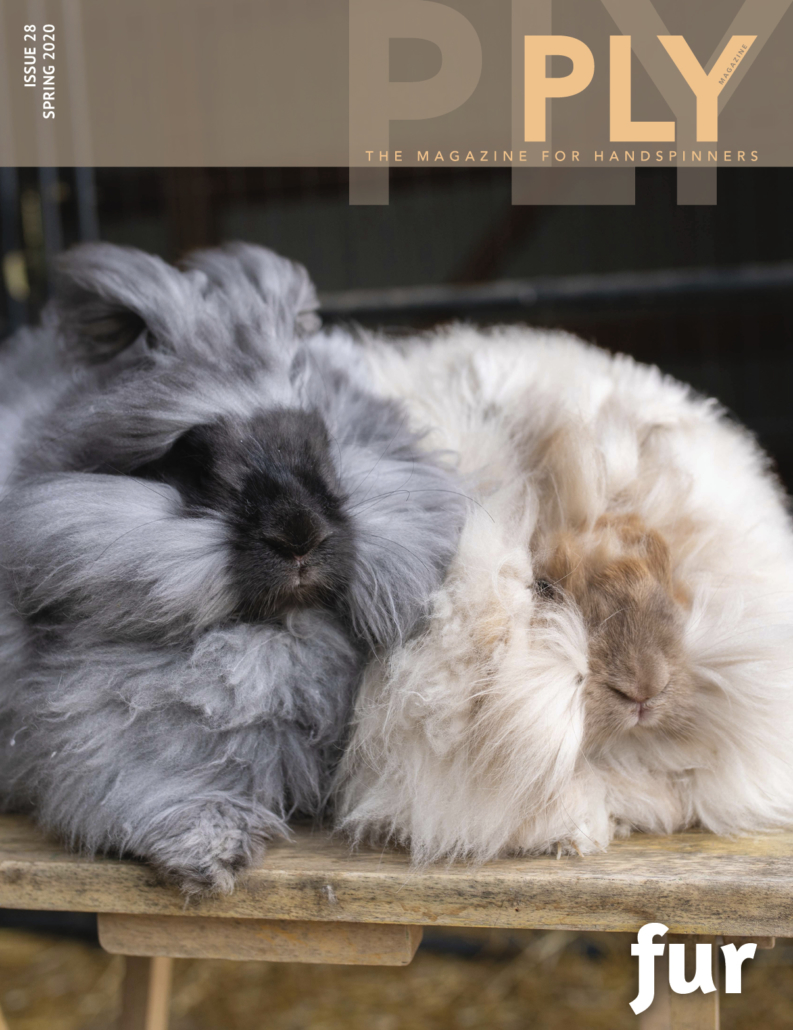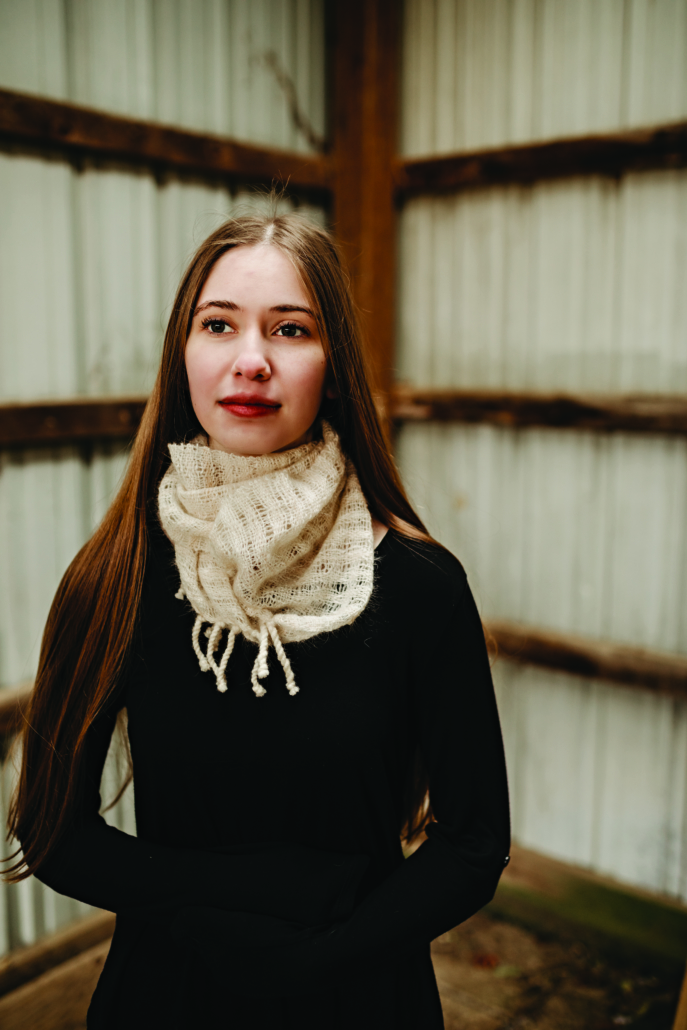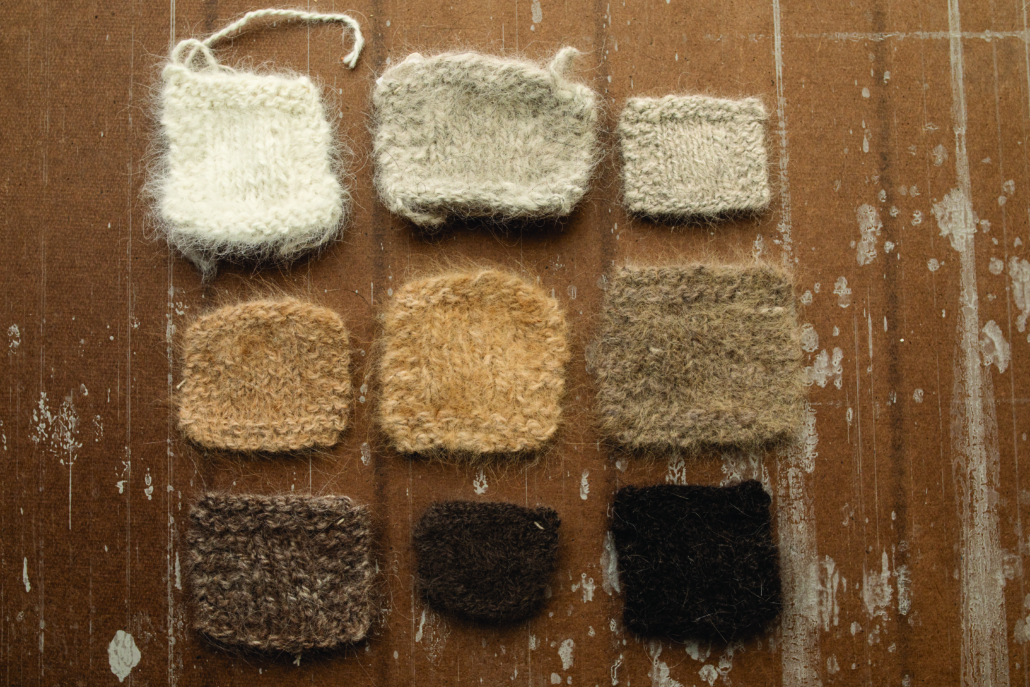A Furry Love Story
Words and Photos by Liza Jennings Seiner
A few years ago, I was talking to a friend who knew I was a handspinner. Somehow we stumbled onto the topic of spinning lots of different kinds of fiber, and she asked me: “Could you spin dog fur?” I said I probably could but hadn’t tried. When I asked her why, she told me a love story.
She and her husband used to own 2 Chow Chow Newfoundland dogs. These particularly cherished pets had since passed away, but she had kept some of their fur from their frequent brushings. Her 25th wedding anniversary was coming up, and she wanted to make something special for her husband; maybe she could knit a lap blanket from yarn made from the dogs’ fur.

I told her to send what she had and I would look it over. A few days later, I received a large box weighing over 4 pounds, full of plastic bags containing brown dog fur. She had saved this fur for several years but hadn’t looked at it since then. It was a little ripe smelling, so I washed it in Dawn dish soap and laid it out to dry.
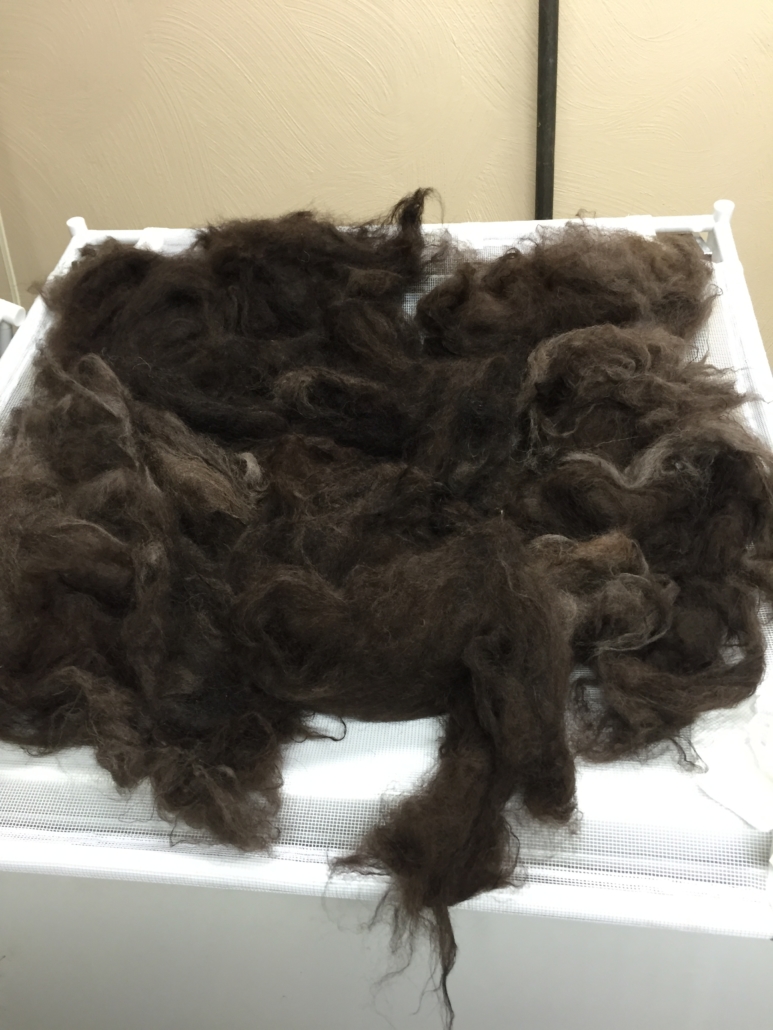
Then I began the process of spinning the yarn. I made several small skeins, sampling the fur and blending it with other fiber, knowing it would be quite heavy alone. I sent her pictures, and her initial reaction was that these dogs were known as the “black dogs,” but their fiber was quite brown. What to do? Blend some black fiber to give it a black appearance?
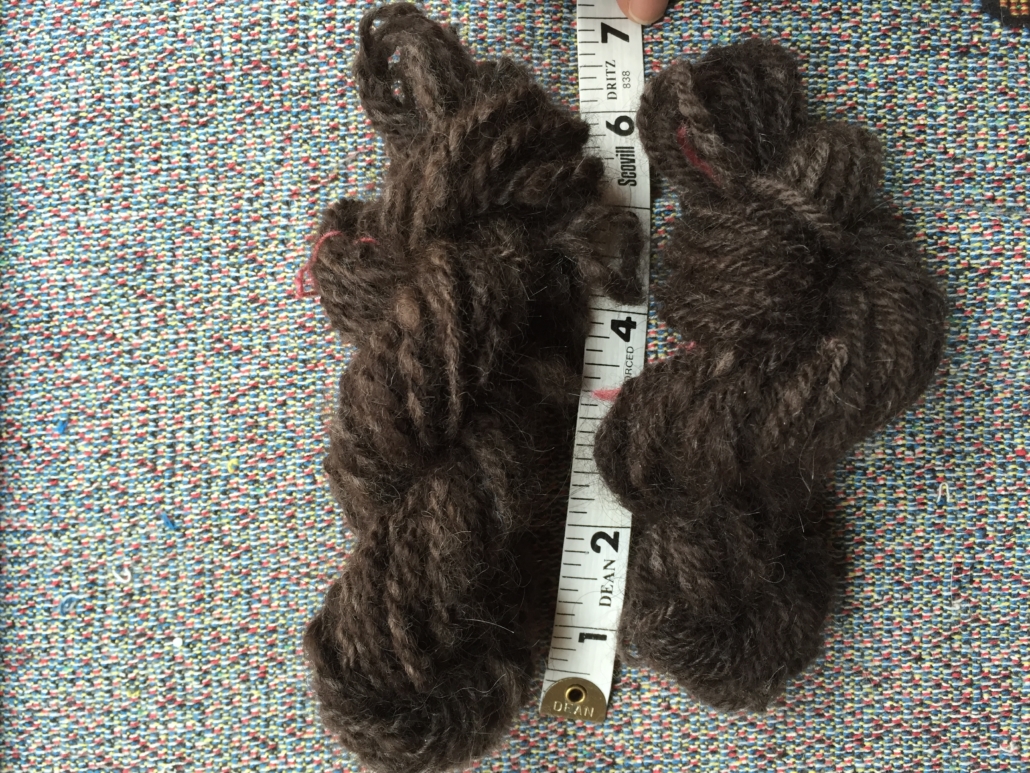
After several attempts (blending in black Merino) and a trip to visit her, we determined that to get a good black color, I’d have to add so much other fiber that the dog fur would be overwhelmed by it.
We also discussed what she’d be doing with it. Although she could knit something with the yarn I would spin, she’d have to do it “on the sly” when her husband wasn’t likely to discover what she was up to. She wanted this to be a complete surprise. Hmmm.
After a bit more thought, I suggested I could spin the yarn and then weave it into a blanket. She liked this idea because she wouldn’t have to sneak around knitting. I wanted it to be a simple design, so I put a plainweave pattern into my iPad Weave It app showing a black warp and the handspun dog fur (with a little alpaca blended in) for the weft. I decided to use Harrisville Highland wool yarn as the warp.
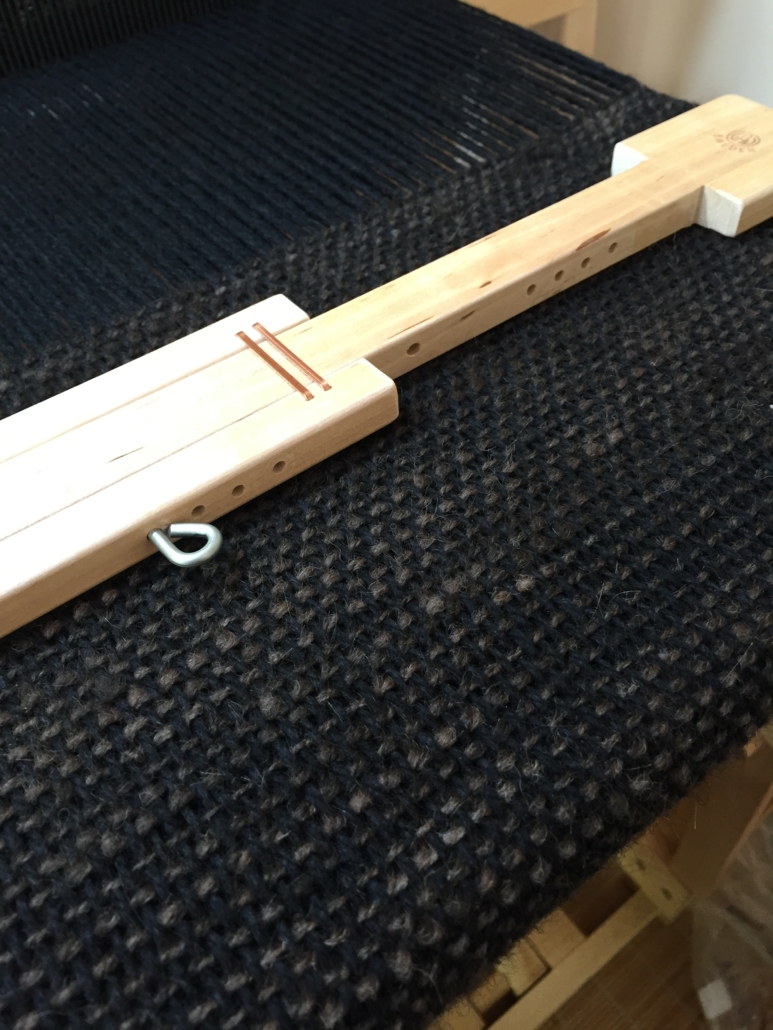
She liked this plan, so I was off and running. Her anniversary was in November, and I had it done in time to enter in the local county fair where I won 1st place. She was tickled to hear that.
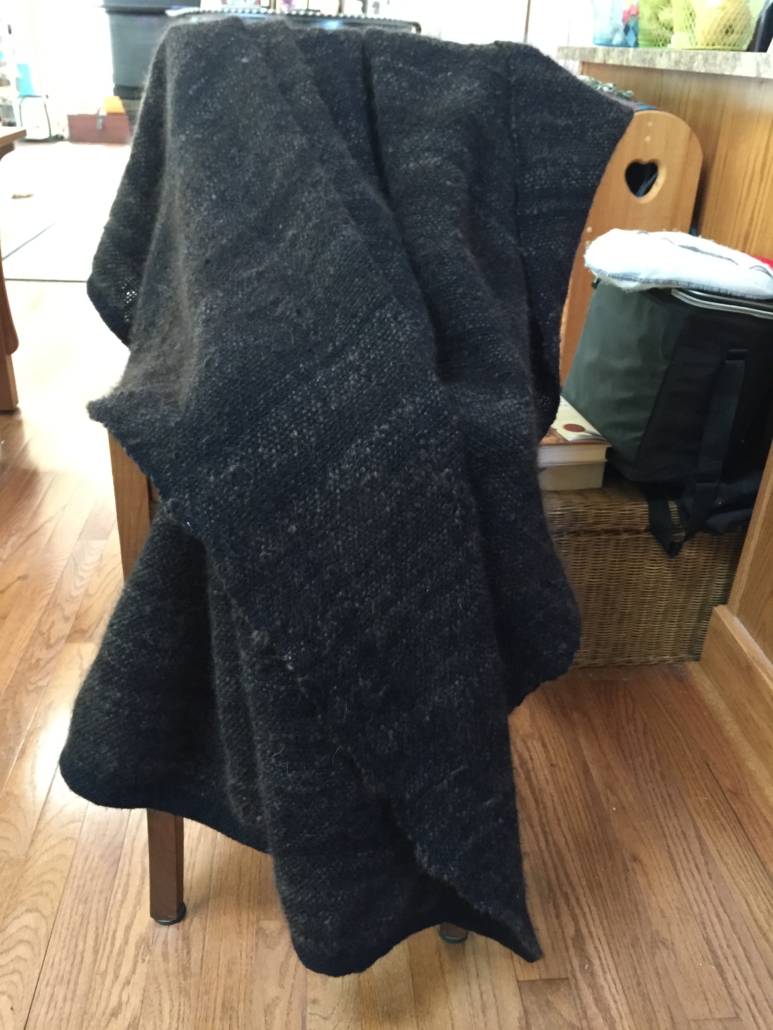
Off the blanket went in the mail in time for the anniversary. When I didn’t hear from her shortly after the anniversary, I called her to be sure it wasn’t a disaster or that she wasn’t headed to divorce court. Fortunately, all went well. In fact, she said he cried tears of joy when he saw the blanket. She also said he takes naps under it, and apparently, for the first little while, it shed. In fact, she said it was funny that she was finding little bits of fur in all the places she used to find it when they had the dogs. It was like having them back again. I was very happy for both of them.
I learned a few things from this process. Dog fur is quite heavy by itself. Trying to mimic a remembered color from the animal is difficult because what people remember as the color of the dogs could be their outer coat, not the soft and fluffy undercoat that gets brushed out and saved. Due to my inexperience with spinning an animal fiber, I made a semi-worsted, 2-ply yarn from rolags, which was way too dense and heavy (it’s a wonder they weren’t crushed under the weight of this blanket). And I could have prevented the “shedding” by brushing the blanket while it was still wet to raise the nap and remove any extra fibers that hadn’t been caught in the weave structure.
If I were to do this again, I would spin a different style yarn. In fact, I was recently given a bag of English Sheep Dog fur and decided to try my theory of spinning it using a bouclé technique where I lightly spun the fur around a small lambswool core and then plied it with a natural-colored sewing thread. The yarn is light and airy and would weave up into a much lighter-weight blanket with lots of texture.
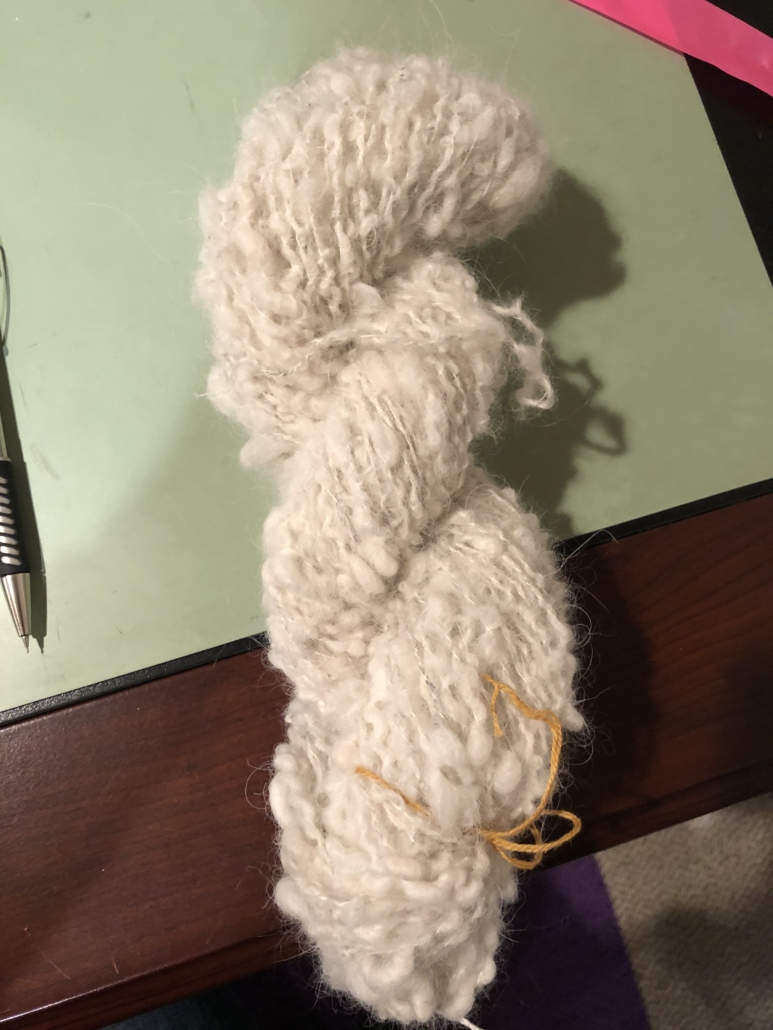
I really enjoyed this project and was so glad to be able to help a friend give a very special gift.

Liza Jennings Seiner is a handspinner and fiber artist behind Summerhill Spinner who loves to learn about new spinning techniques and apply them to her work. She also weaves and makes braided roving rugs. You can find her under summerhillspinner on Etsy, Facebook, and Instagram, and she blogs at summerhillspinner.wordpress.com.

